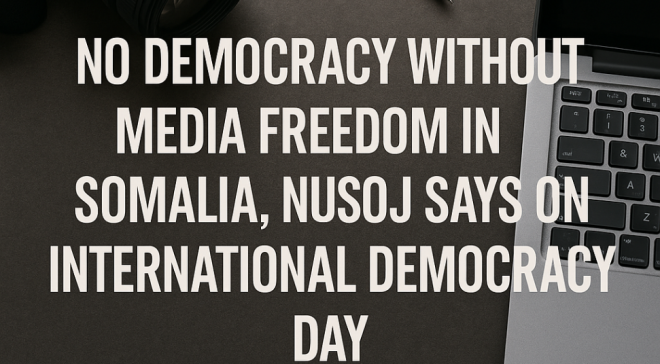Somalia: Floods displace half a million in Somalia
Somali families displaced by drought and near-famine conditions last year are now on the move again, as catastrophic flash flooding has forced 175,000 people out of their homes, leaving them more vulnerable to malnutrition and diseases such as Acute Watery Diarrhea (AWD) and cholera.
Somalia’s two major rivers are affected, with the River Shabelle rising at an unprecedented rate of almost four metres in less than a week during April. 427,000 are people affected in Somalia alone.
Save the Children’s Jalafay Isak is working with the agency’s emergency response team in the worst affected town of Belet Weyne in Hirshabelle state - where the Shebelle river burst its banks.
He said conditions on the ground had worsened dramatically since another heavy downpour last night.
“All night you could hear endless crying as families called to be rescued. They were stranded in their houses with children placed on cabinets or the tallest surface they could find, fearing all night they’d be swept away as the river ran through their houses,” he said.
“They tried to evacuate for higher ground but the means of escape involved wading through water up to chest height and it was too dangerous.”
About 122,580 people fled their homes as the river destroyed homes, farmland and crops in and around the town. Some of the affected were already displaced and living in low-lying displacement camps since 2016’s devastating drought and food crisis.
Save the Children has distributed 12,000 sandbags this week, as part of its Somalia Floods Emergency response, and is providing clean and safe drinking water to 7,000 households. In addition, the aid agency is constructing 90 emergency latrines to address lack of sanitation facilities and disease outbreaks in the area.
“However this is not enough. More support is needed. We must work together and support the government to ensure we save lives and avoid further catastrophe,” says Isak.
Motorboats are required in order to reach people in isolated locations who are in need of drinking water, shelter, food, latrines, mosquito nets and health services.
The floods are likely to take weeks to recede. The Somali president is appealing for urgent assistance and the African Union have deployed troops to respond - but many areas remain cut off.
The families affected are already suffering high malnutrition rates because of the last two year’s drought, which has devastated crops and killed livestock.
The ‘Gu rains’ have been prayed for by communities affected by four consecutive failed rains, but climate change, desertification and deforestation mean floods can be as disastrous as drought. With heavy rainfall in the Ethiopian Highlands forecast to continue, the Shebelle river looks set to continue wreaking havoc from its source and en route to Mogadishu. Many Horn of Africa hotspots of the recent drought is now experiencing flash flooding, including Kenya, with casualties reported exceeding 100 people.
The flooding is compounding an already fragile humanitarian situation with an estimated 5.4 million people in need of assistance in Somalia, 2.7 million of whom require urgent life-saving assistance. Somalia’s Humanitarian Response Plan is only 18% funded, which is insufficient to support on-going operations to stave off famine as well as a flood response.
ENDS








